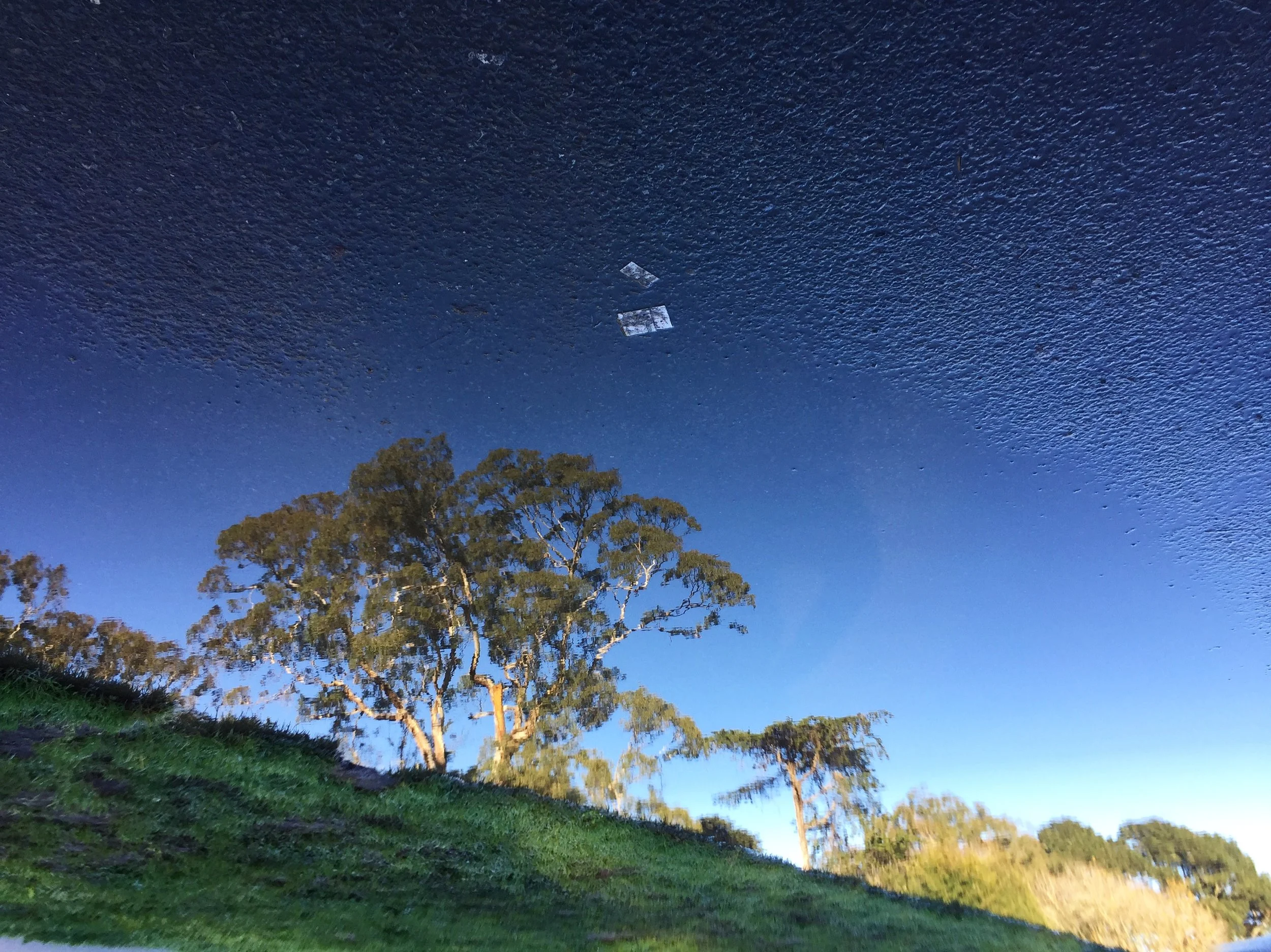Visions of Urban Change in China: Daniel Brook and Hu Fang in conversation
September 20, 2013, Berkeley Art Museum
(A version of this essay appeared in issue 23 of LEAP)
The rapid pace of urbanization taking place in China during the past thirty-odd years has unleashed a torrent of advances and woes affecting all strata of Chinese society. To achieve the central government’s goal of remaking sixty percent of its national population of 1.4 billion people into urban residents by 2020, Chinese cities at all tiers have engaged in furious rounds of infrastructure construction, all the while compromising quality of life and history. Yet at the very center of the story of urbanization in China is really the tale of one city: Shanghai.
In the lively conversation between journalist Daniel Brook and artist-novelist-curator Hu Fang that took place at the Berkeley Art Museum, the past and present of life in Shanghai emerged as a parable for post-modern globalization. Brook, the author of A History of Future Cities, posits Shanghai as the prototypical international city. Using maps and historical photographs, Brook effectively argues that Shanghai, in the 19th century as now, is the most international, and most unlike China, of Chinese cities. After besting the Qing government in the First Opium War, the three foreign powers—Britain, France, and the United States—were eager to assert their national identities in their respective concession territories, thus making the beginning of Shanghai as a Chinese city filled with clock towers, tree-lined boulevards, and a hodgepodge of monolithic skyscrapers.
Shanghai’s internationalization into the 1930s is best exemplified by the Cathay Hotel, which offered suites decorated in different national styles to suit visitors’ desire for a slice of home in a foreign land. Yet no one else could have found Shanghai stranger than a Chinese national visiting the city from any other part of the country. Perhaps in response to the unrelenting waves of foreign architectural styles, Shanghai is also home to Qing and Ming style public buildings from the 1930s. This tension between native and foreign continues to play out in Chinese urban construction today, as seen in the advertisement for a housing development in the Beijing suburbs that is modeled on Orange County, USA. Brook points out that a unique style combining elements from all influences, such as the lilong in Shanghai, has yet to emerge. Nevertheless, he remains cautiously optimistic that the fate of future cities will not end at far-flung copies of New York City or Beverly Hills.
Hu Fang, an astute observer of urban Chinese life who divides his time between Beijing and Guangzhou, Shenzhen’s developmentally delayed older sibling, is much more interested in the grinding present than an unknowable future. Hu admits that his novel, Garden of Mirrored Flowers (2010), which has been translated into English and published as a coproduction of Sternberg Press and Vitamin Creative Space, was “composed in a moment of emergency.” Indeed, the novel does not follow traditional narrative structure or even basic storytelling conventions, instead relying on a series of collected and reprinted commercial images, lists, and other sedimentary documents of modern life. The book resembles the catalogue for a curated art exhibition more than a work of fiction.
The novel’s plot revolves around an architect who has been commissioned to design a theme park based on the Qing fantasy novel, Flowers in the Mirror, which itself is set in an earlier historical period. But the plot matters little in the novel’s larger purpose, which Hu described as opening up a specific space, independent of time and geography, where the fast moving vortex of modern life’s detritus is paused, examined, and catalogued. The result is socially critical writing that exposes the pervasive influences of what Hu calls “isolation capitalism,” the commercial strategy that encourages consumption by creating the illusion of simultaneous aloneness (the natural human condition) and belonging (consumer projects his own image into the product advertised). Every aspect of life can be, and is, commodified.
The takeaway at the end of the evening is that uncertainty, along with disorientation, is here to stay. Buoyed forward by the tides of history, we have no more awareness of the futility of our efforts than the young architect in Hu’s novel. All that we can do is keep drawing up plans and hope we live long enough to realize them.
